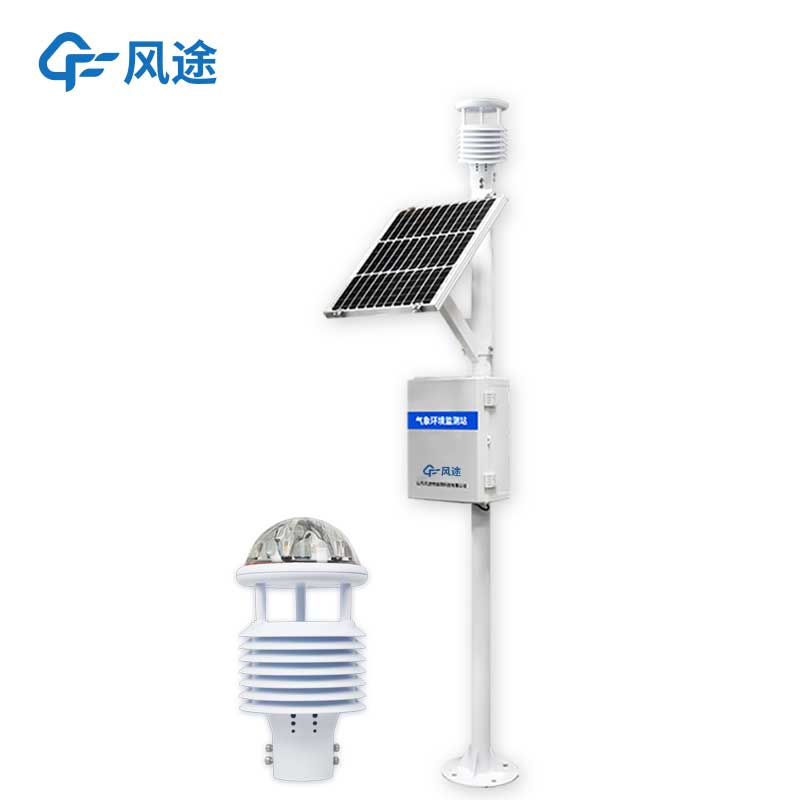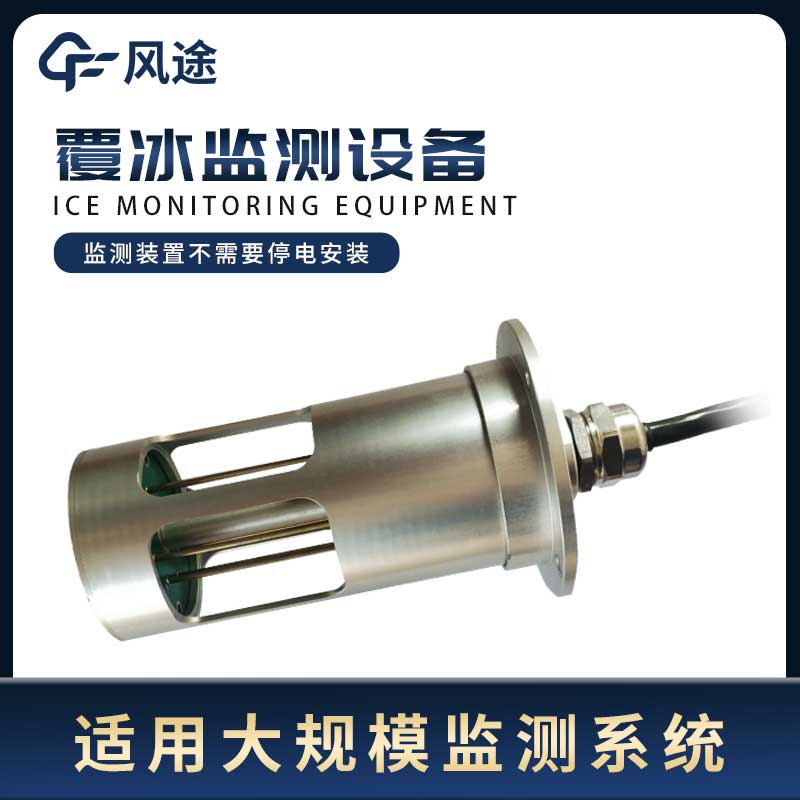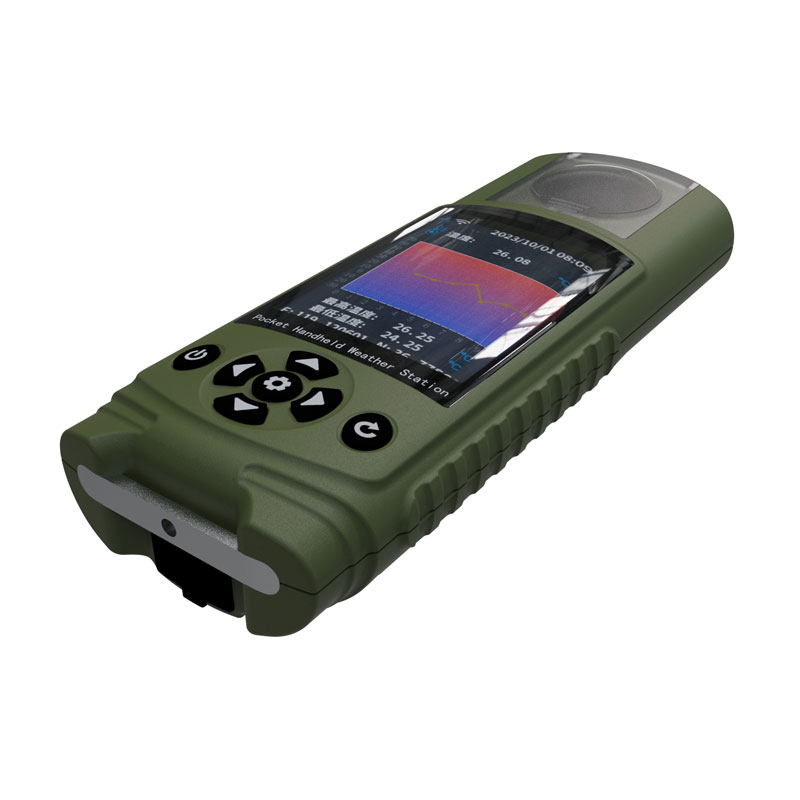Product
Recommended article
- How Forestry Weather Stations Bolster Forest Fire Prevention Efforts
- Discover the Power of Negative Oxygen Ion Monitoring System for Cleaner Air
- Comparative Analysis of Ultrasonic and Automatic Weather Stations in Meteorological Monitoring
- Breaking Through the ‘Last Meter’ with Online Dust Monitoring System
- Mastering Road Conditions with Road Weather Station
- Inhalable Dust Continuous Tester: A Portable Solution for Dust Concentration Monitoring
Contact us
Shandong Fengtu IOT Technology Co., Ltd
Sales Manager:Ms. Emily Wang
Cel,Whatsapp,Wechat:+86 15898932201
Email:info@fengtutec.com
Add:No. 155 Optoelectronic Industry Accelerator, Gaoxin District, Weifang, Shandong, China
Comparative Analysis of Ultrasonic and Automatic Weather Stations in Meteorological Monitoring
Article source:Weather station time:2025-01-13 13:13:36 viewed:2times
Both ultrasonic weather stations and automatic weather stations are dedicated to the monitoring and data collection of meteorological elements. Basic meteorological elements such as air temperature, humidity, air pressure, wind speed, wind direction, and precipitation can't escape their "monitoring". Their working principles are also the same. They use various meteorological sensors to convert physical quantities into electrical signals or digital signals, and then the data collectors complete the subsequent processing and storage processes.
Both of them also have a high degree of automation. They can operate automatically according to the preset time interval, automatically collect, record and transmit data without the need for people to keep an eye on them all the time. In terms of system composition, the hardware includes meteorological sensors, data collectors, power supplies and communication modules, each with its own responsibilities. In terms of software, they both also need supporting data processing assistants to facilitate users' management and analysis of data.
However, there are still some differences between them. What does "miniature" mean? Why is it called an ultrasonic weather station?
This is because, compared with traditional large-scale meteorological stations, the overall size of the ultrasonic weather station is greatly reduced, which is convenient for installation in places with limited space, such as urban street lamp poles, rooftops of buildings, small agricultural experimental fields, and field monitoring sites, without occupying too much space.
Each internal component, such as sensors, data collectors, power supply systems, and communication modules, adopts a highly integrated design and is closely combined together. On the premise of ensuring the integrity of functions, the volume and complexity of the equipment are minimized as much as possible, making it more convenient for installation, use and maintenance.
It usually adopts low-power sensors and chips to reduce energy consumption. Under the condition of battery power supply or solar power supply, it can operate stably for a long time without the need for frequent battery replacement or energy supplementation, which also enables its overall structure to be more miniaturized without the need to be equipped with large power supply equipment.

This paper addresses:https://www.yf182.com/industry/597.html
Related products
Related article
-
Microclimate monitoring equipment for agriculture
2024-07-12 -
Vehicle-Mount Weather Station: A Mobile Solution for Wind Data Acquisition
2024-12-03 -
What Are Your Goals for Weather Monitoring? How to Configure a Suitable Automatic Weather Station According to Your Needs?
2024-11-15 -
Dust monitoring equipment selection points
2024-02-07 -
Recommended Manufacturers of Portable Weather Stations
2024-03-15 -
When buying a weather station, there are a few things to think about
2024-03-25 -
Pavement Condition Detectors: Advantages of Laser Remote Sensing Technology
2024-07-19 -
How PV Weather Station Optimizes Photovoltaic Power Generation and Management
2024-11-28










